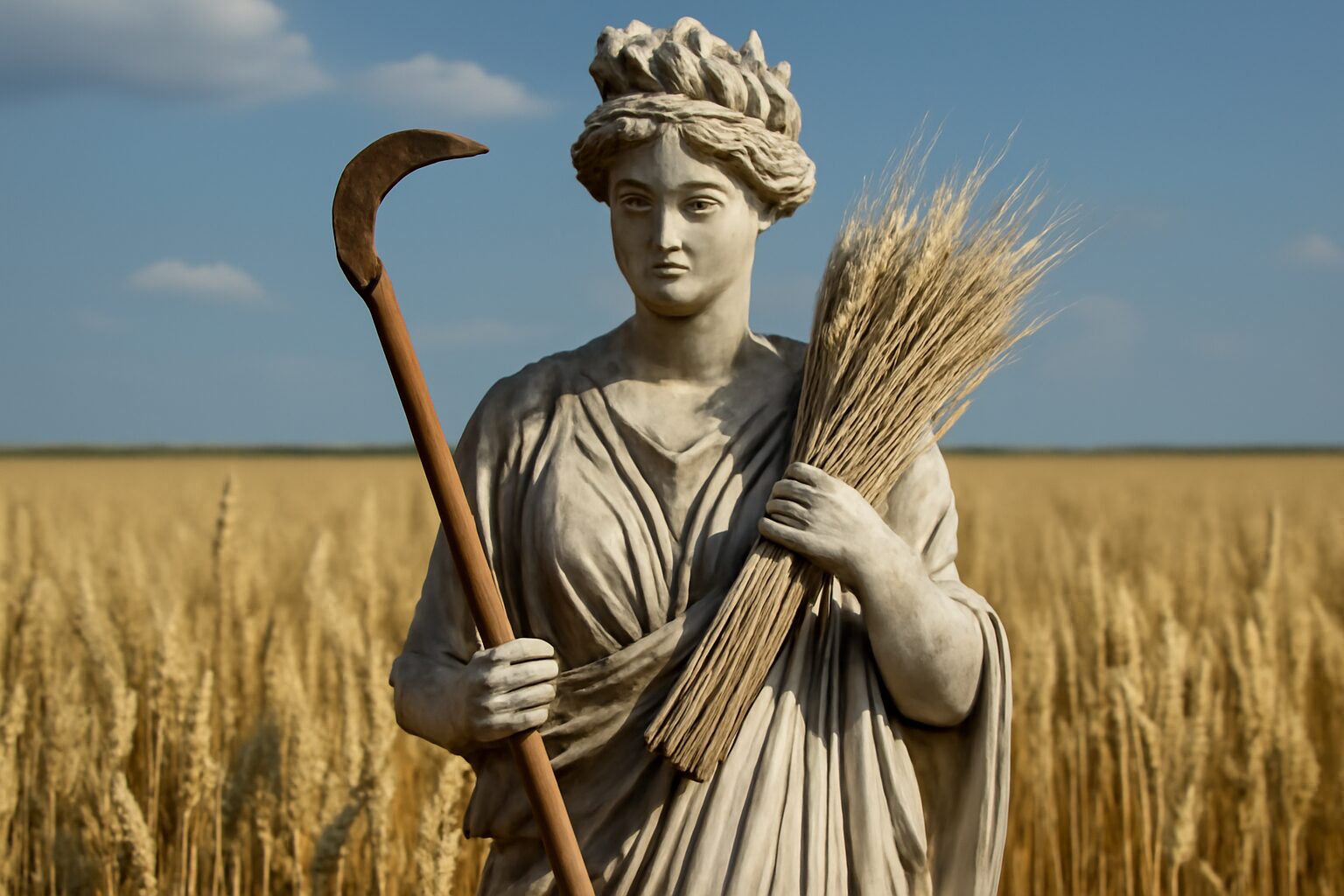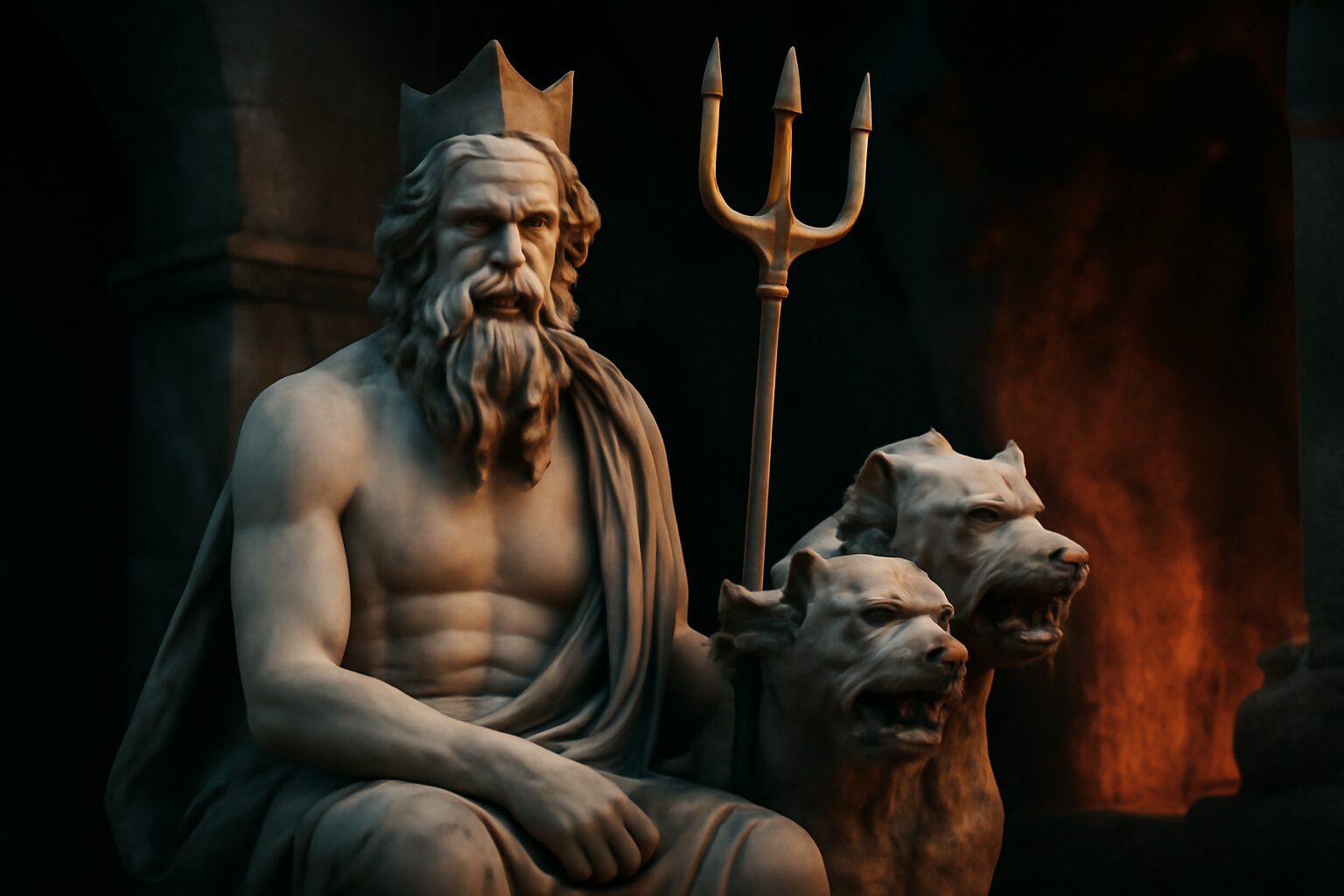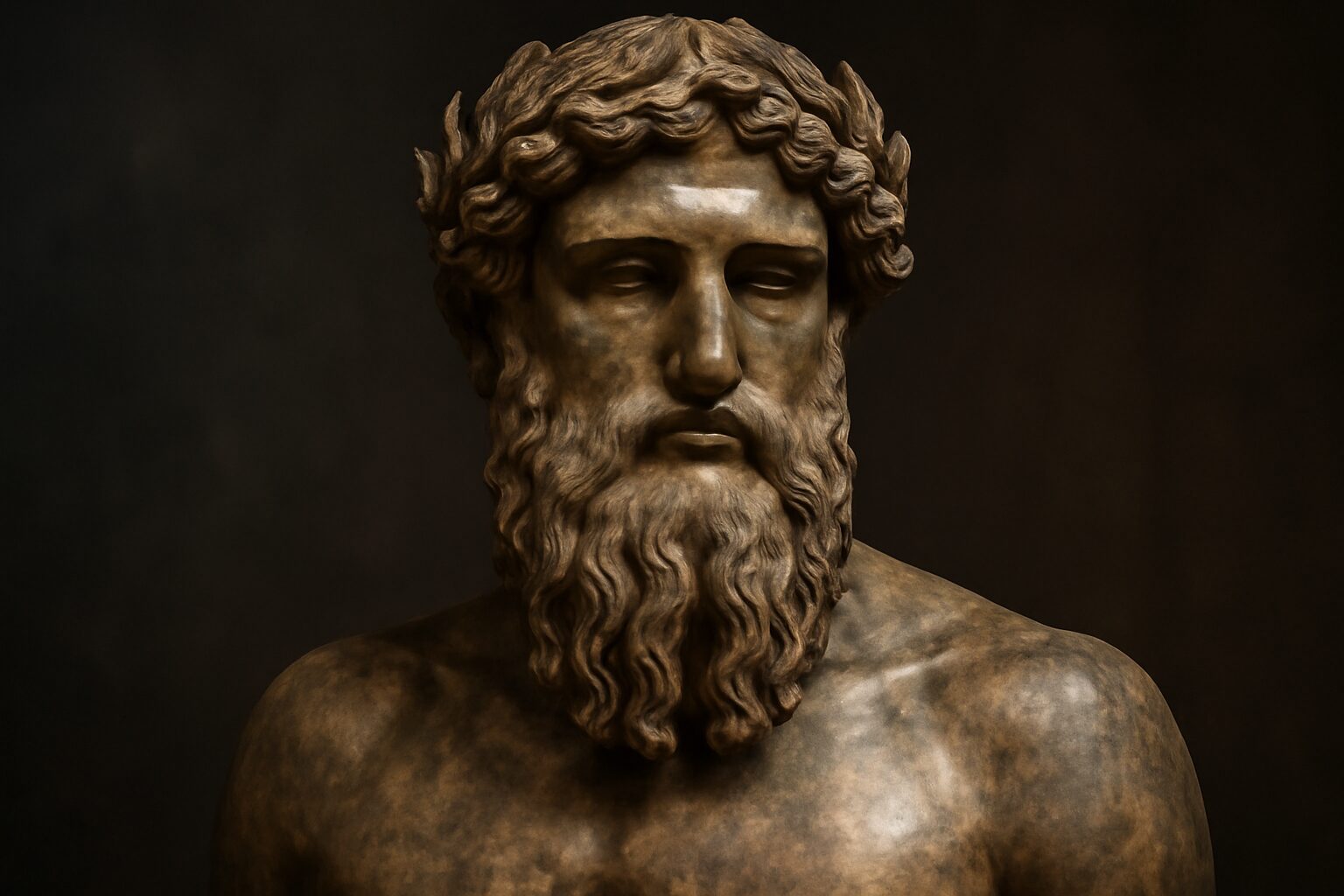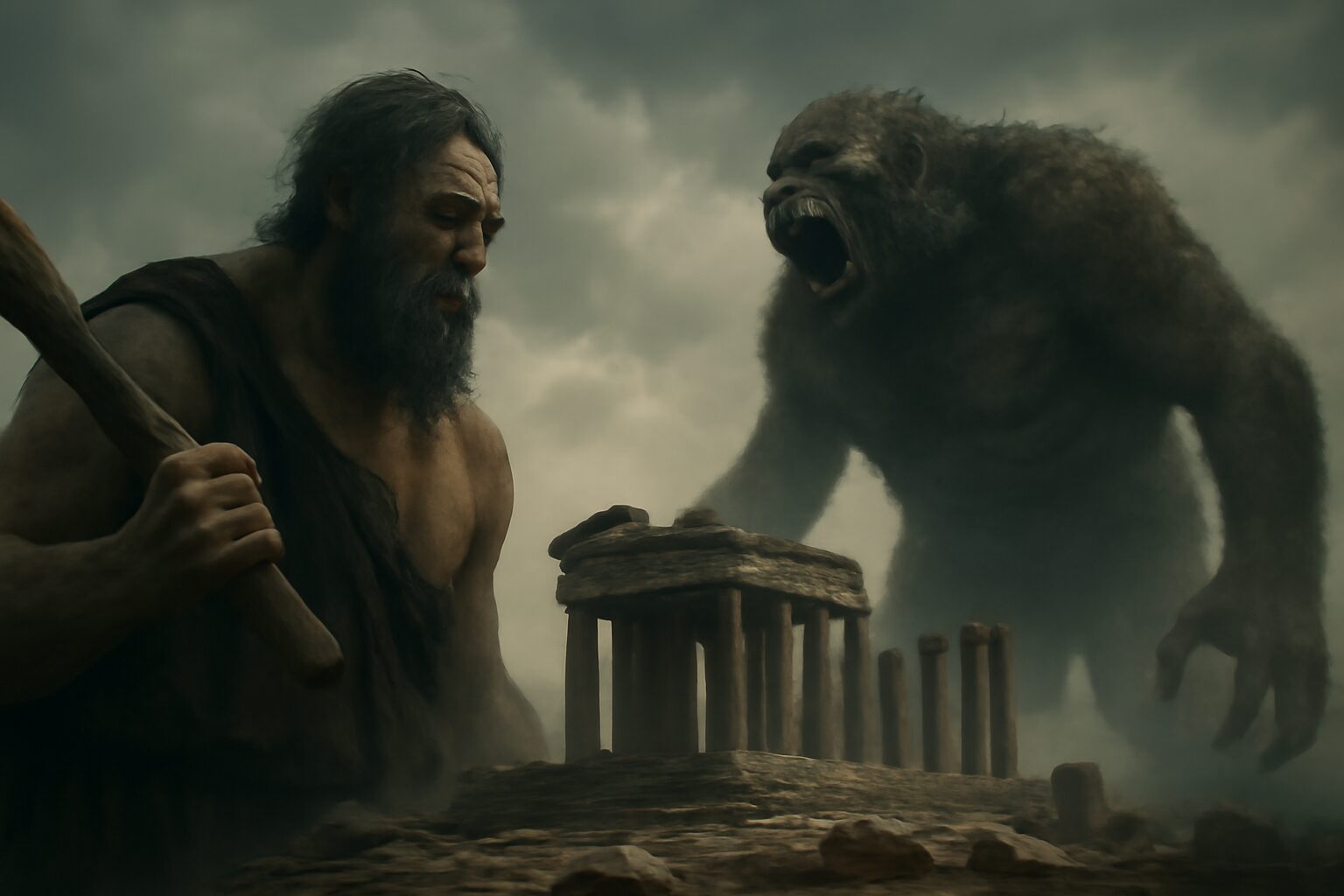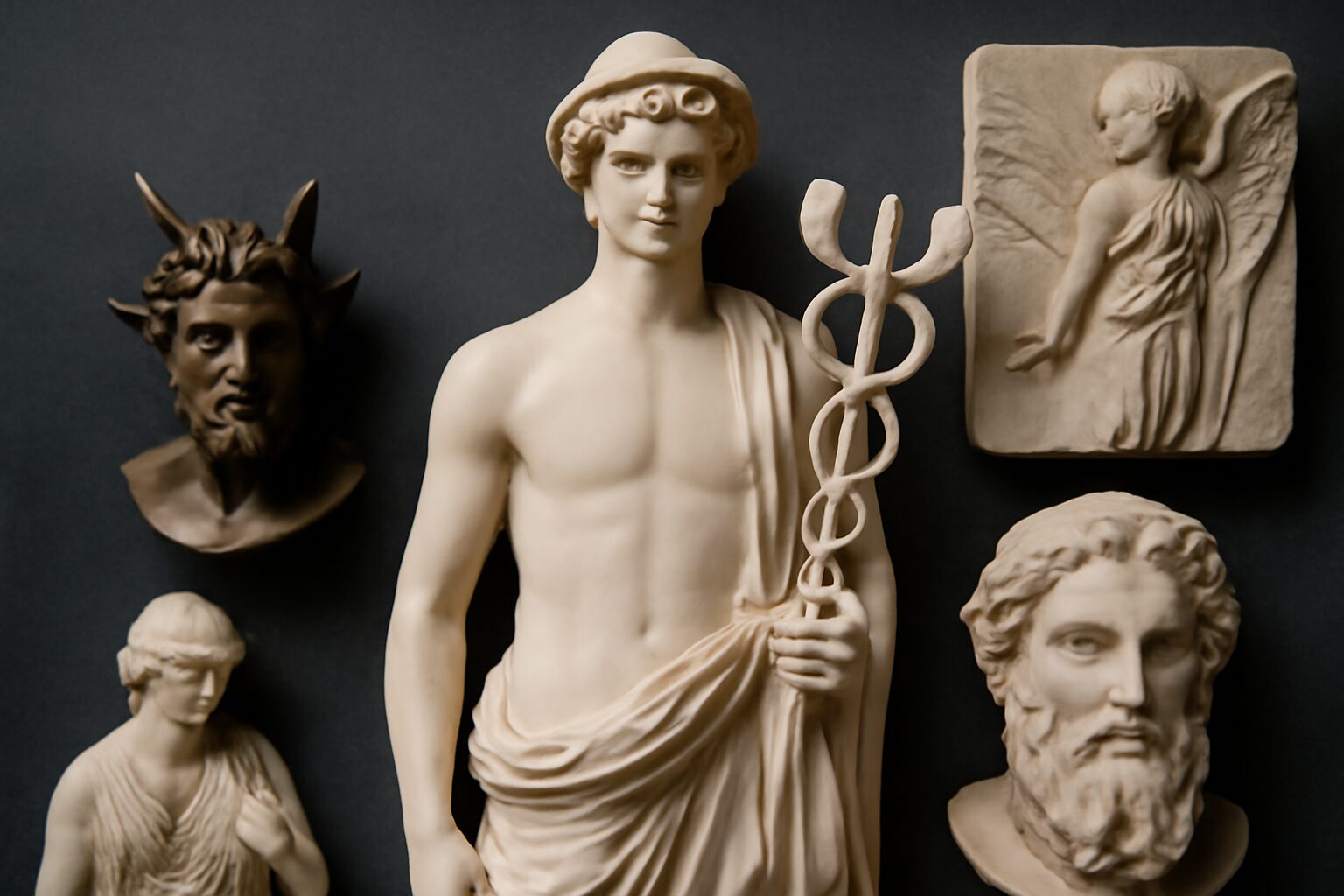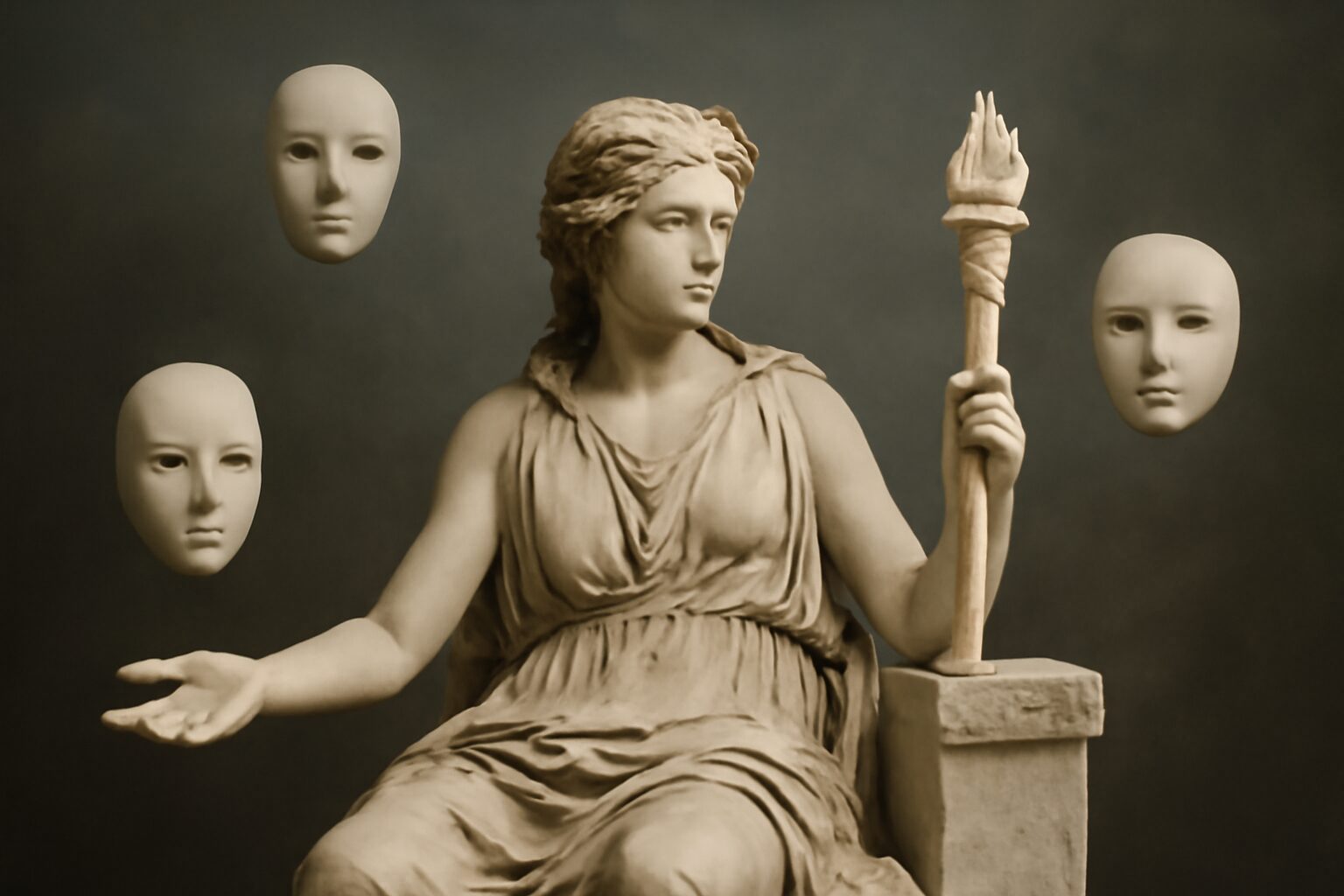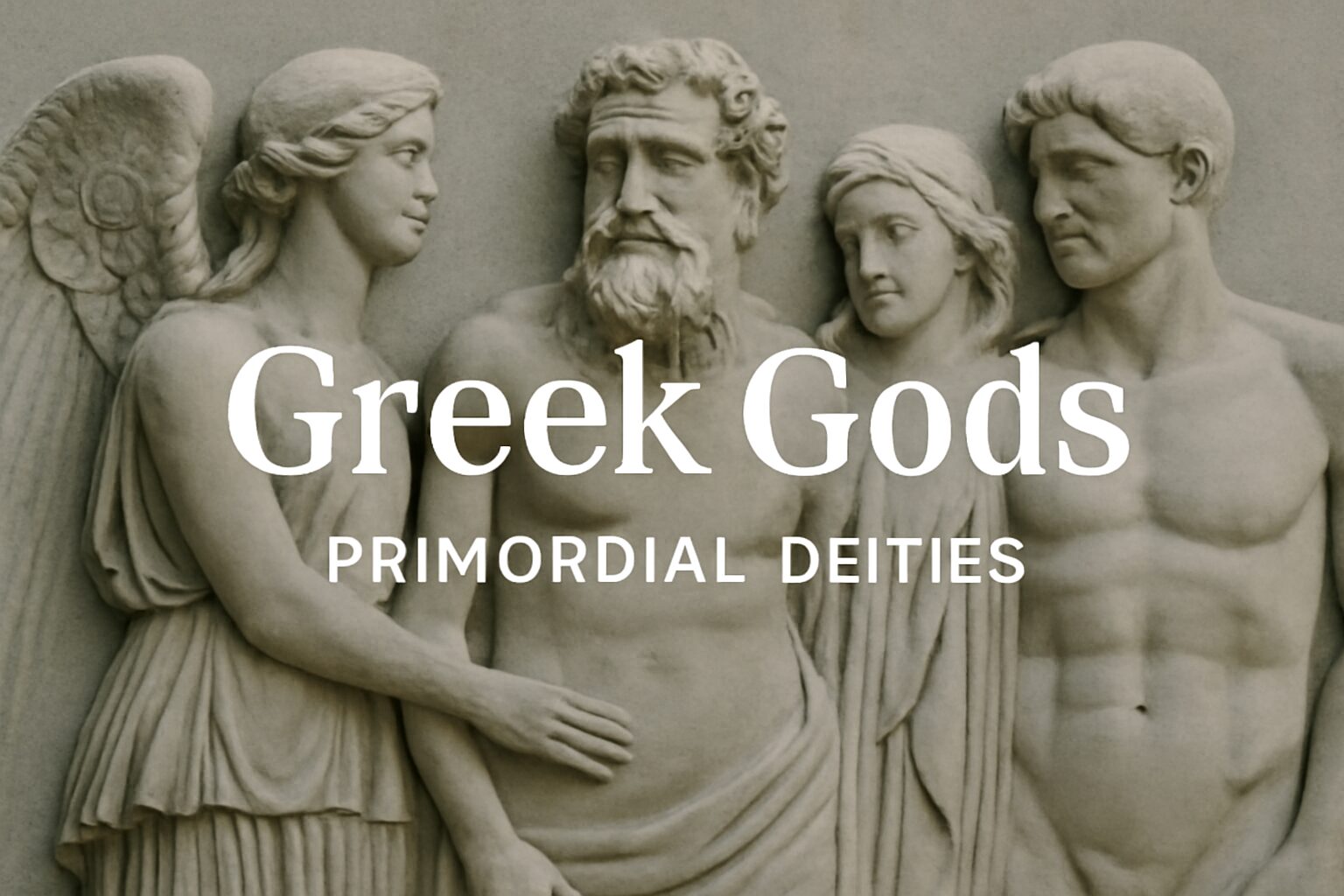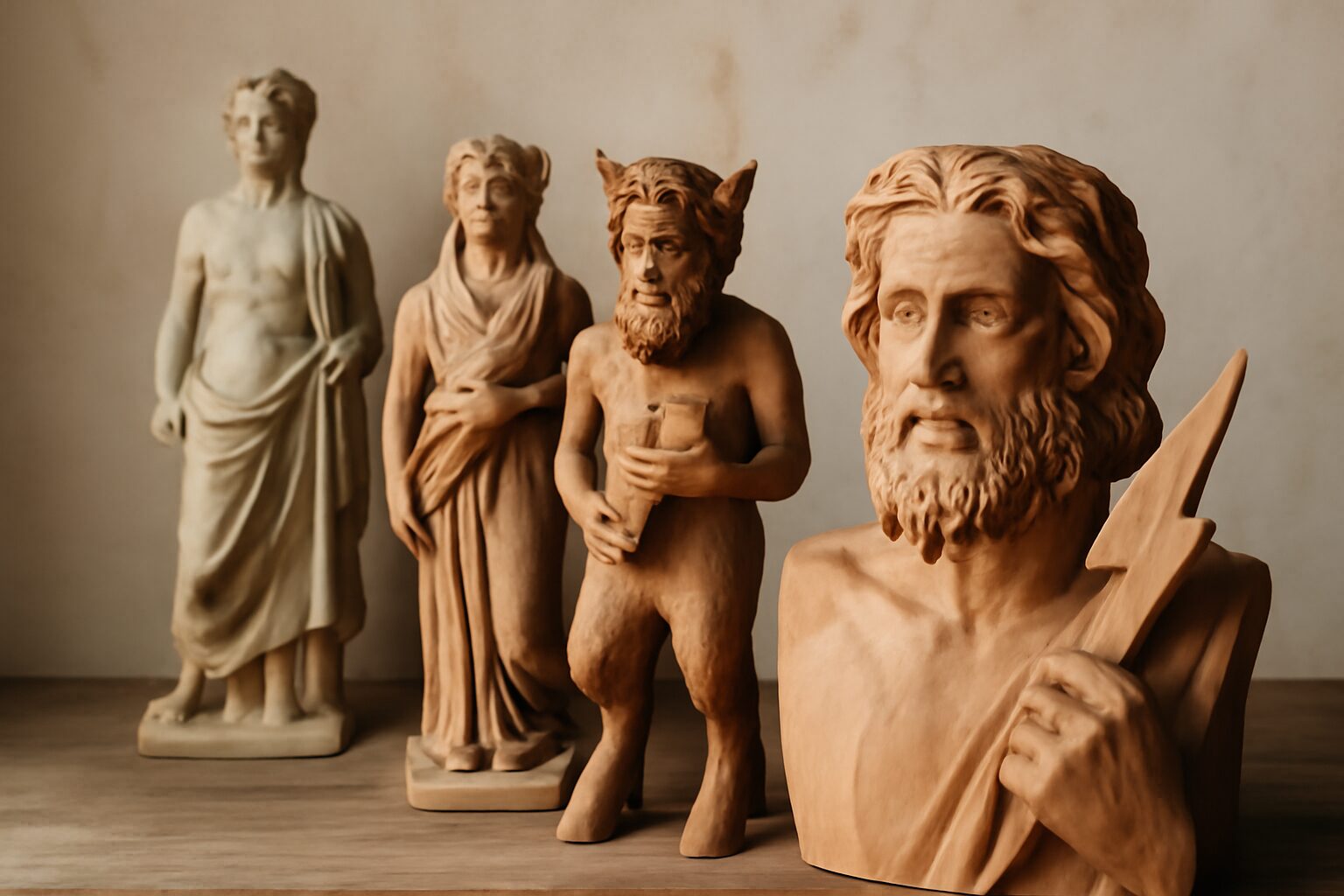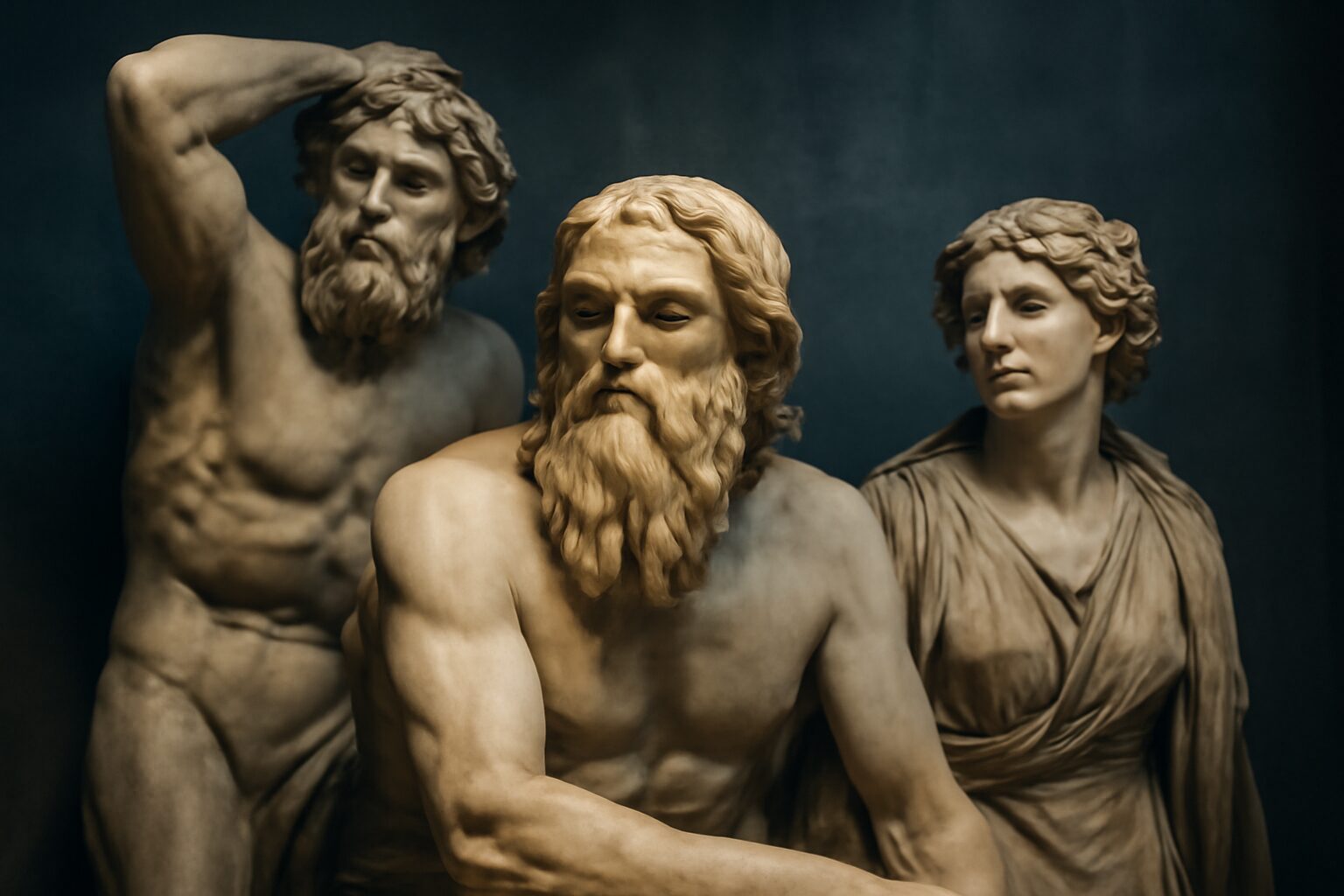Hemera: The Goddess of Day
In Greek mythology, Hemera was the primordial goddess of the day, representing daylight and the bright sky. As one of the ancient deities born at the dawn of creation, she played a crucial role in the daily cycle of day and night.
Origins and Family
Hemera was the daughter of Erebus (Darkness) and Nyx (Night), two of the earliest primordial beings. She was often paired with her brother Aether, the god of the upper sky and light. Together, they symbolized the transition from night to day—Hemera would emerge as Nyx retreated, bringing daylight to the world.
Role and Powers
Hemera's primary role was to bring forth the day, dispelling the darkness of night. She was not just a passive force but an active deity who pushed back the shadows each morning. In some myths, she was said to reside with her mother, Nyx, in Tartarus, emerging at dawn to brighten the world.
Unlike later sun gods like Helios, Hemera personified daylight itself rather than the sun. Her presence ensured the sky was illuminated, allowing life to flourish under her watch.
Mythological Significance
Hemera's importance lies in her role as a fundamental force of nature. The Greeks saw day and night as divine powers rather than mere astronomical events. She was part of the earliest generation of gods, embodying the natural order before the Olympians rose to prominence.
In some traditions, Hemera was associated with the House of Hades, where she and Nyx alternated their presence at the entrance, symbolizing the eternal cycle of time.
Relationships and Worship
Hemera had few myths of her own, as she was more of an abstract force than an anthropomorphic figure. However, she was sometimes linked to Chronos (Time) and other primordial deities. Unlike major Olympian gods, she did not have widespread cults or temples, but her presence was acknowledged in early cosmogonies like Hesiod's Theogony.
Her legacy endures as a symbol of the eternal rhythm of day and night—a reminder of the ancient Greeks' reverence for the natural world's most fundamental cycles.
Alternative Names for Hemera
God Name: Eos (Greek)
In some Greek myths, Hemera is closely associated with or even conflated with Eos, the goddess of the dawn. This connection arises from their shared domains over different times of the day.
God Name: Dies (Roman)
The Roman equivalent of Hemera is Dies, the personification of day. Like Hemera, Dies represents the daylight and is often depicted as the daughter of Chaos and Nyx (Night) in Roman mythology.
God Name: Aether (Greek)
In some interpretations, Hemera is paired with Aether, the god of the upper sky and light. While not an alternative name, their domains are closely linked, and they are sometimes considered counterparts in the division of day and sky.
Tales about Hemera
Hemera and Aether: The Eternal Dance of Day and Light
In the beginning, the cosmos was a formless void, but from Chaos emerged two powerful forces: Aether, the pure upper air and light, and Nyx, the deep and mysterious night. Between them, a delicate balance was struck, and from this balance came Hemera, the personification of day.
The Cycle of Creation
Each evening, as Nyx drew her dark veil across the sky, Hemera would retreat, allowing her mother to reign. But with the first hint of dawn, Hemera would rise, her radiance pushing back the shadows. Aether, her father and consort, would envelop her in his brilliant light, creating the bright blue sky that mortals marveled at. Together, they brought forth not only the day but also the very essence of life and visibility to the world.
Their union was a celestial dance, a daily renewal that symbolized hope and renewal. Where Nyx brought rest and mystery, Hemera and Aether brought clarity, energy, and the promise of new beginnings. This eternal cycle became the heartbeat of the cosmos, revered by gods and mortals alike.
Hemera and Eos: The Passing of the Torch
As the primordial goddess of day, Hemera was the mother of many celestial beings, including Eos, the rosy-fingered dawn. While Hemera represented the full light of day, Eos was the transition—the beautiful and fleeting moment between night and day.
A Mother's Legacy
Each morning, before Hemera ascended to illuminate the world, Eos would streak across the sky in her chariot, her fingers painting the horizon with shades of pink and gold. This was not just a duty but a sacred ritual—a daughter honoring her mother by heralding her arrival. Hemera watched with pride as Eos performed this daily miracle, knowing that her own light would soon follow, sustaining the world until dusk.
Their relationship was one of harmony and succession. Eos, with her gentle and hopeful light, prepared the world for Hemera's powerful and sustaining brilliance. Together, they ensured that the cycle of time remained unbroken, each playing a vital role in the rhythm of the heavens.
The Colors of Dawn and Day
Eos’s palette of soft hues gradually gave way to Hemera’s vibrant blues and golds, a visual symphony that captivated all who witnessed it. This daily transformation was a reminder of the interconnectedness of all things—the beauty of beginnings and the strength of continuity.
Frequently Asked Questions
Who is Hemera in Greek mythology?
Hemera is the primordial goddess of the day in Greek mythology. She is the daughter of Erebus (Darkness) and Nyx (Night), and she represents the personification of daylight.
Why is Hemera important in Greek mythology?
Hemera is important because she symbolizes the daily cycle of day and night. As the goddess of daylight, she brings light to the world each morning, balancing the darkness of her mother Nyx (Night).
What is the relationship between Hemera and Nyx?
Hemera and Nyx are mother and daughter, representing opposing forcesu2014day and night. Nyx brings darkness each evening, while Hemera brings light each morning, creating the natural cycle of day and night.
How does Hemera's role apply to modern understanding?
Hemera's role reflects the ancient Greeks' attempt to explain natural phenomena through mythology. Today, her story reminds us of humanity's enduring fascination with the cycles of nature and the balance between light and darkness.
Are there any myths or stories specifically about Hemera?
Unlike major Olympian gods, Hemera doesn't have elaborate myths. She appears mainly in creation stories as a fundamental force of nature, emphasizing her role in the daily cycle rather than in dramatic tales.


